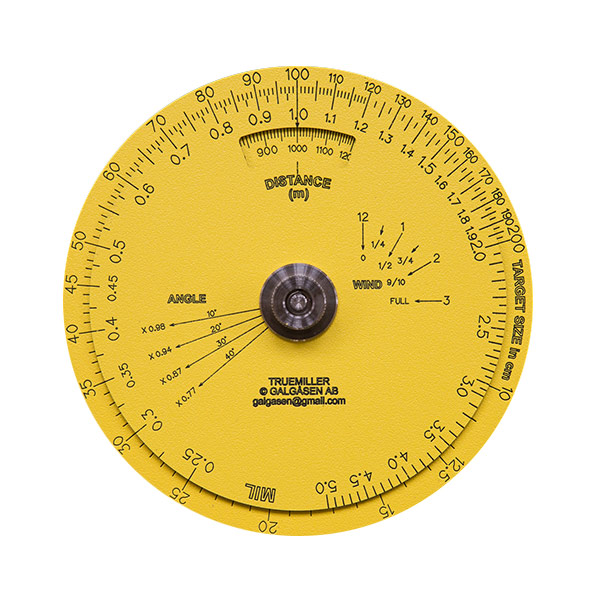Danger space is a vital concept that I sort of skimmed over, and I'm glad that came up. For posterity, and for OP, in the event you're not familiar, danger space is the range envelope inside of which you will still get a hit on target, despite your range measurement being incorrect. Extend the maximum point blank range concept and you basically get the idea. DS essentially changes based on 3 values: bullet trajectory, target height (and to a much lesser degree at practical engagement ranges, target depth), and distance to target.
For the sake of example I'll make up some numbers, and we'll assume a 2D target. Say your target is 12" tall, and 400 yards away. For any number of reasons, you misrange your target and find a distance of 375 yards. Now, you are essentially aiming 25 yards in front of the target, but because the bullet travels on an arc, you hit bottom edge of target. Your point of impact did not match your point of aim, but because your danger space for this combination of cartridge, target size, and range is plus or minus 26 yards, you still manage a hit. Now let's move the target to 500 yards. You still misrange by 25 yards, and dial for 475. Because the bullet is falling at an increased angle, you now miss badly, as your danger space for this combination of variables is only plus or minus 10 yards.
It's danger space that gives us practical limitations on effective range for use of the technique, and this is why I recommended practicing on the targets you normally shoot, at the distances you normally shoot them at. You'll quickly learn the limitations of the technique for your intended use. Varmint hunters typically prefer fast, flat shooting cartridges for this reason. It allows for increased ranging error, since the other two variables can't be controlled for. A military sniper is going to be engaging larger targets, so danger space is going to be proportionally larger, at any given distance. A PRS type shooter is going to have the advantage of high certainty of his target size, and so despite not being able to control for anything except bullet trajectory, his practical limit is going to be greater than it would be otherwise.
I apologize for the essay, I was unable to find the diagram that I hoped would be illustrative, as the concept becomes crystal clear when sort of drawn out on paper. Like the other posters suggest, play with your ballistic calculator, it's a great aid for the exercise.


